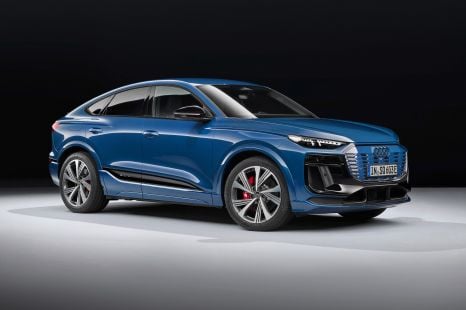

William Stopford
2026 Audi Q6 and SQ6 Sportback e-tron price and specs
18 Hours Ago
An executive has confirmed the Toyota is already adapting its hydrogen combustion technology to larger vehicles like the LandCruiser.

Contributor
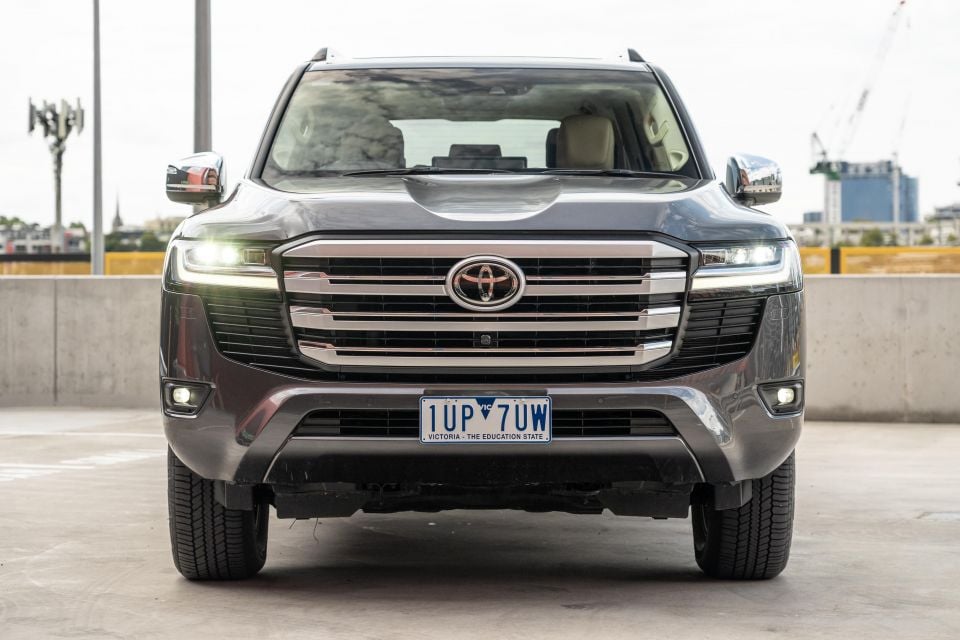

Contributor
Toyota has only just globally revealed its Hydrogen HiAce prototype in Australia, but it’s already starting to look at where else its hydrogen combustion technology could be used.
Toyota Motor Company hydrogen factory president Mitsumasa Yamagata told CarExpert the company is already exploring and developing hydrogen combustion technology for larger vehicles. This includes cars like the iconic Toyota LandCruiser SUV.
“There are possibilities to adapt [hydrogen combustion technology] into big vehicles, including LandCruiser,” he told CarExpert through a translator.
“I said again, this advantage of the technology can be utilised for those vehicles including high towing and high loading.
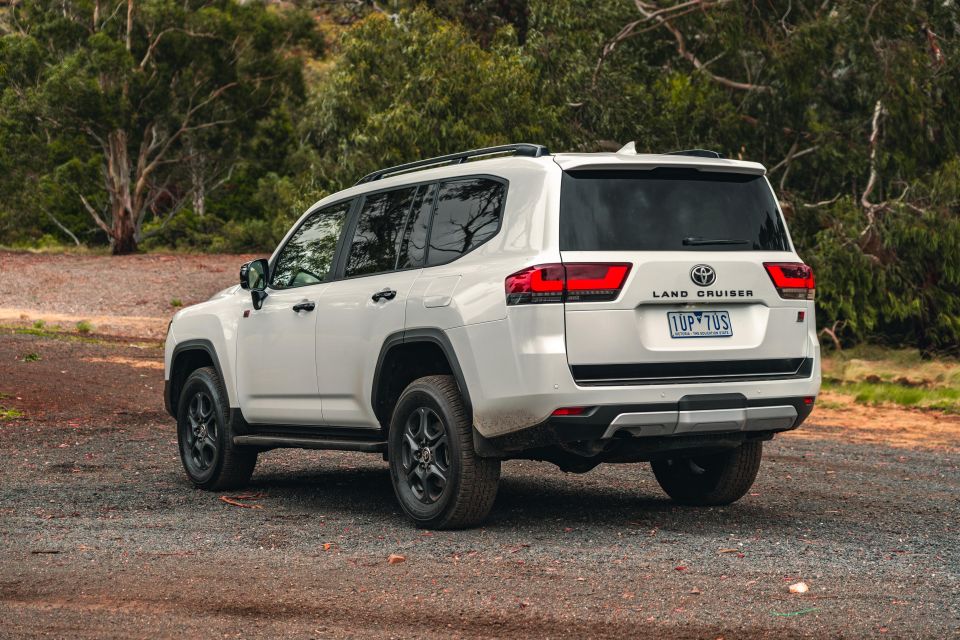
“We are studying which vehicle [will] have the suitable technology.”
Toyota Australia president and CEO Matthew Callachor added hydrogen is still a “huge study in its own right” for the company, though a hydrogen-powered LandCruiser is “one of the possibilities, but it obviously requires significant engineering as well”.
When pressed again about the possibility of a hydrogen-powered LandCruiser, Yamagata-san confirmed the company has “started development of [the] technology on larger vehicles, including LandCruiser”.
Yamagata-san added there are “no challenges” in adapting the hydrogen combustion technology into an off-road-focused vehicle as it’s “using the same conventional ICE technology”.
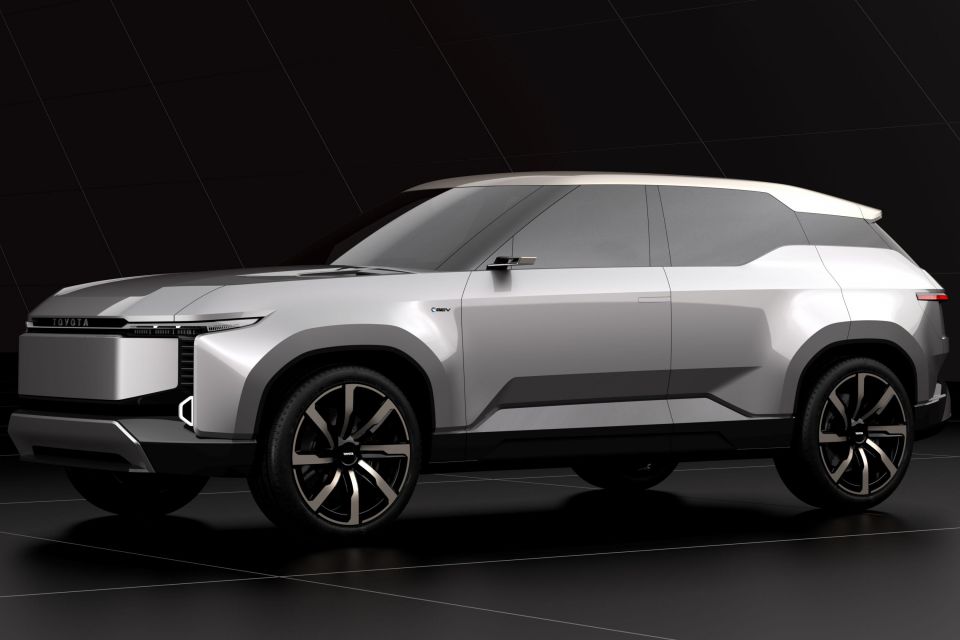
At this stage it’s unclear when Toyota will reveal a hydrogen LandCruiser, though the company did recently reveal the all-electric LandCruiser SE concept at this year’s Tokyo motor show, which Toyota Australia wants.
As recently reported, the Hydrogen HiAce prototype is powered by a modified version of the 3.4-litre twin-turbo V6 petrol offered in the LandCruiser 300 Series in other markets, as well as the Lexus LX 600 in Australia.
The hydrogen-fuelled V6 engine produces 120kW of power and 354Nm of torque. This is 185kW and 296Nm less than its petrol-fuelled counterpart.

Drive is sent to the rear wheels through a 10-speed automatic transmission.
The internal combustion engine is fed by three hydrogen fuel tanks that similar to ones used in the current Mirai hydrogen fuel-cell electric vehicle (FCEV). The Mirai has a total hydrogen capacity of 5.6kg.
Toyota claims the Hydrogen HiAce prototype has a range of around 200km. For context, the Mirai has an NEDC claimed range of 650km.
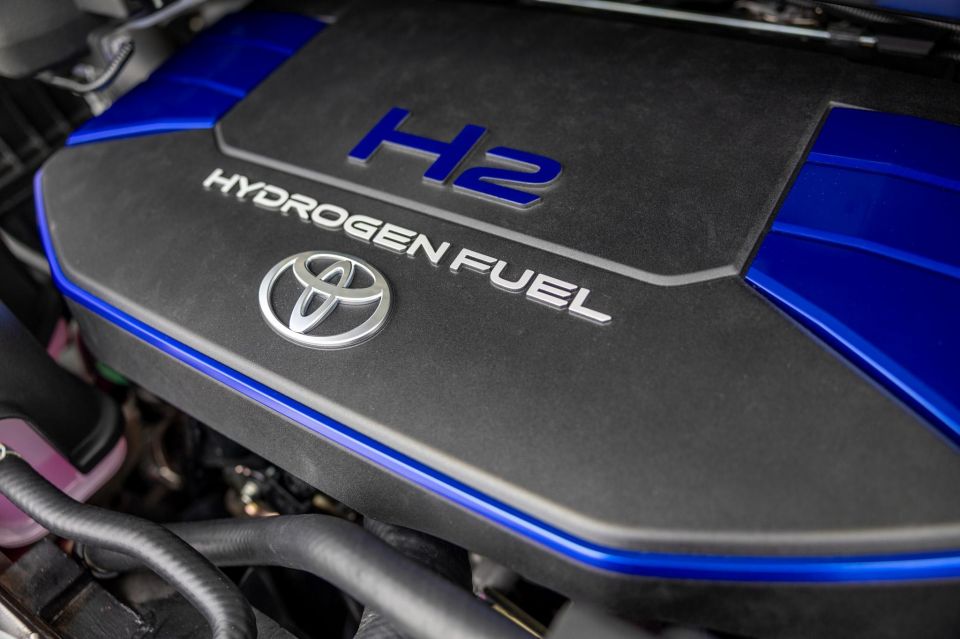
Few other technical details are known about the Hydrogen HiAce prototype at this stage, though it does have a 1500kg towing capacity and “minimal impact” on payload and internal space.
In addition to porting this hydrogen-combustion technology to larger vehicles, Toyota claims it’s already working on increasing the size of the hydrogen storage tanks on the Hydrogen HiAce prototype, improving combustion, as well as exploring the possibility of adding hybrid technology.
MORE: Everything Toyota LandCruiser MORE: Toyota reveals hydrogen-powered HiAce in Australia
Where expert car reviews meet expert car buying – CarExpert gives you trusted advice, personalised service and real savings on your next new car.
Jack Quick is an automotive journalist based in Melbourne. Jack studied journalism and photography at Deakin University in Burwood, and previously represented the university in dance nationally. In his spare time, he loves to pump Charli XCX and play a bit of Grand Theft Auto. He’s also the proud owner of a blue, manual 2020 Suzuki Jimny.


William Stopford
18 Hours Ago
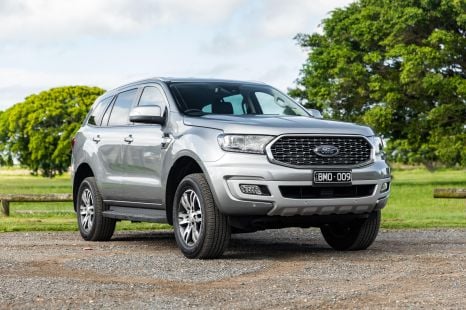

William Stopford
3 Days Ago
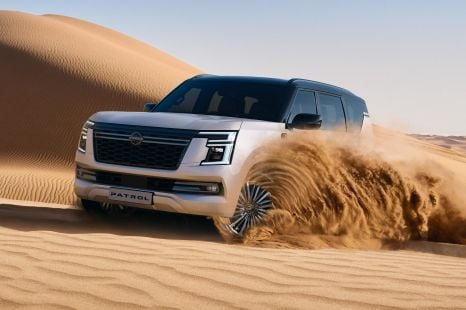

James Wong
5 Days Ago
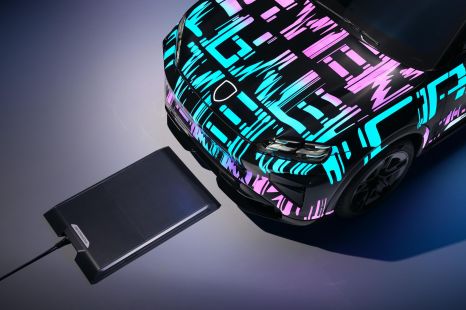

Derek Fung
10 Days Ago
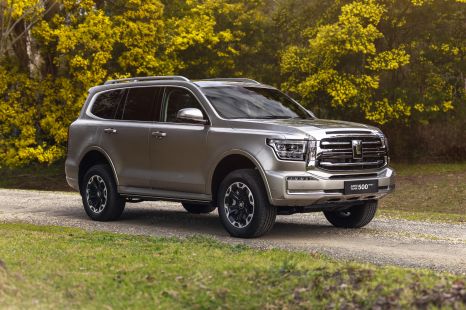

William Stopford
11 Days Ago
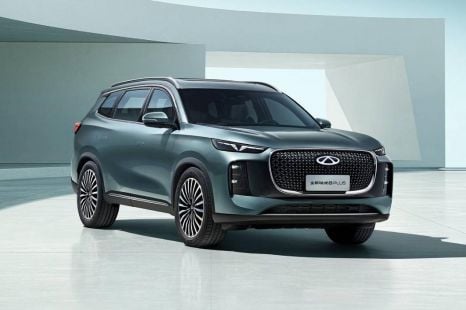

William Stopford
18 Days Ago